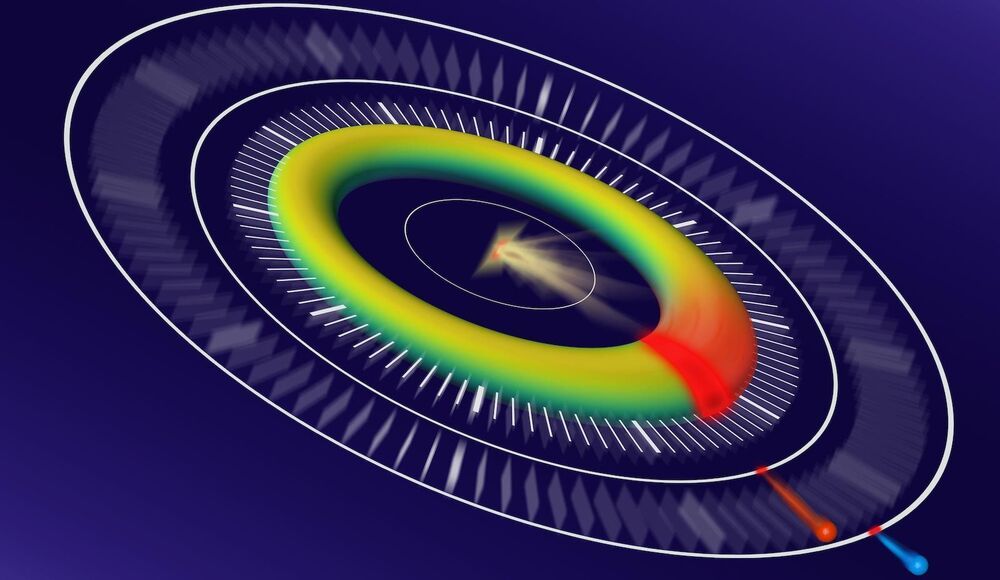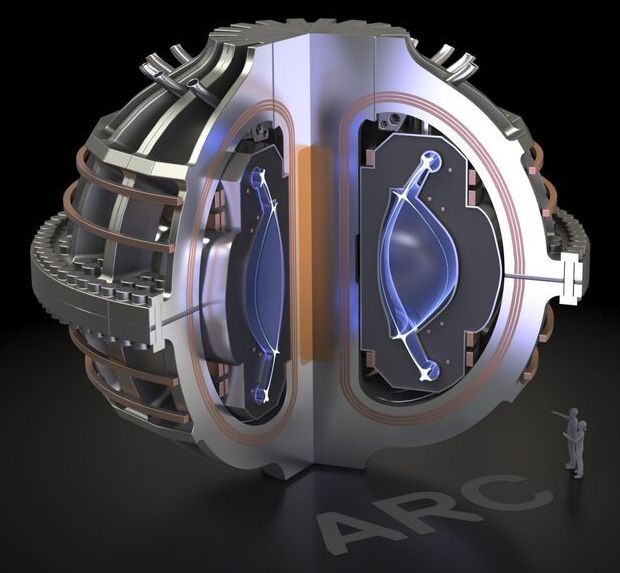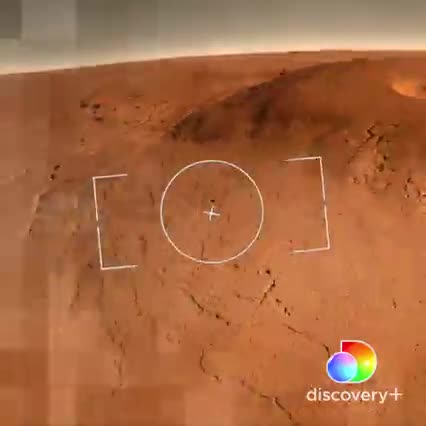🛒 Voted #1 supermarket in the worlds.
🌽 Family owned and operated.
🥩 The best prices no matter the cost.
⛓ Omegamart is now open at Area15, Las Vegas!
Tickets now on sale: http://www.omegamart.com
🛒 Voted #1 supermarket in the worlds.
🌽 Family owned and operated.
🥩 The best prices no matter the cost.
⛓ Omegamart is now open at Area15, Las Vegas!
Tickets now on sale: http://www.omegamart.com

Surprise in solid-state physics: The Hall effect, which normally requires magnetic fields, can also be generated in a completely different way – with extreme strength.
Electric current is deflected by a magnetic field – in conducting materials this leads to the so-called Hall effect. This effect is often used to measure magnetic fields. A surprising discovery has now been made at TU Wien, in collaboration with scientists from the Paul Scherrer Institute (Switzerland), McMater University (Canada), and Rice University (USA): an exotic metal made of cerium, bismuth, and palladium was examined and a giant Hall effect was found to be produced by the material, in the total absence of any magnetic field. The reason for this unexpected result lies in the unusual properties of the electrons: They behave as if magnetic monopoles were present in the material. These discoveries have now been published in the scientific magazine PNAS.
A voltage perpendicular to the current.

Scientists get dramatically better resolution at X-ray free-electron lasers with a new technique.
Intense, ultrashort X-ray pulses from hard X-ray free-electron lasers (XFELs) can capture images of biological structures down to the atomic scale and shed light on the fastest processes in nature with a shutter speed of just one femtosecond, a millionth of a billionth of a second.
However, on these miniscule time scales, it is extremely difficult to synchronize the X-ray pulse that sparks a reaction in the sample with the follow-up pulse that observes the reaction. This problem, called timing jitter, is a major hurdle in performing these XFEL experiments with ever-better resolution.

Innovative silicon solutions provider HPQ Silicon Resources Inc. (“HPQ” or the “Company”), announced that it has received the TREKHY® system, a portable hydrogen-based mini-power generator, jointly developed by the French companies Apollon Solar SAS (“Apollon”) and Pragma Industries SAS (“Pragma”).
While continuing to work with Apollon on the development of new generations of more efficient silicon powders for hydrogen production, HPQ signed a Memorandum of Understanding with Apollon and Pragma to study the commercial potential of the TREKHY® autonomous power generator in Canada.
The TREKHY® provides energy on demand. The system uses a compact fuel cell to provide electrical power. The integrated fuel cell combines hydrogen and oxygen to provide useful electricity + H2O. Hydrogen is produced through a chemical reaction resulting from contact between water and a powder bag. Each bag delivers 30W of power for more than one hour. (Video of the system in operation). In January 2021, a Japanese distributor purchased 300 TREKHY® systems to equip the survival shelters of the Japanese Civil Security.


National Academies study says fusion can help decarbonize US energy, calls for public-private approach to pilot plant operation by 2035–40.
Electricity generated by fusion power plants could play an important role in decarbonizing the U.S. energy sector by mid-century, says a new consensus study report from the National Academies of Sciences, Engineering, and Medicine, which also lays out for the first time a set of technical, economic, and regulatory standards and a timeline for a U.S. fusion pilot plant that would begin producing energy in the 2035–40 time frame.
To achieve this key step toward commercialization, the report calls for an aggressive public-private effort to produce by 2028 a pilot plant design that can, when built, accommodate any of the developmental approaches seeking to realize fusion’s potential as a safe, carbon-free, on-demand energy source.

The ESA’s Trace Gas Orbiter (part of the ExoMars 2020 mission) has revealed images of the Perseverance rover and where it landed.
A little over a week ago (February 18th, 2021), NASA’s Perseverance rover landed in the Jezero crater on the surface of Mars. In what was truly a media circus, people from all over the world tuned to watch the live coverage of the rover landing. When Perseverance touched down, it wasn’t just the mission controllers at NASA who triumphantly jumped to their feet to cheer and applaud.
In the days that followed, the world was treated to all kinds of media that showed the surface of Mars and the descent. The most recent comes from the Trace Gas Orbiter (TGO), which is part of the ESA-Roscosmos ExoMars program. From its vantage point, high above the Martian skies, the TGO caught sight of Perseverance in the Jezero crater and acquired images that show the rover and other elements of its landing vehicle.



Mars is on the outer boundary of our solar system’s habitable zone, meaning it’s a region where liquid water could form and exist for long periods of time. We know that water is the source of life on Earth, but could it also point to the same on Mars?
Watch the NASA’s Perseverance Mars Rover touch down on Mars LIVE on our TikTok TODAY starting at 3:15P ET! http://tiktok.com/@discovery